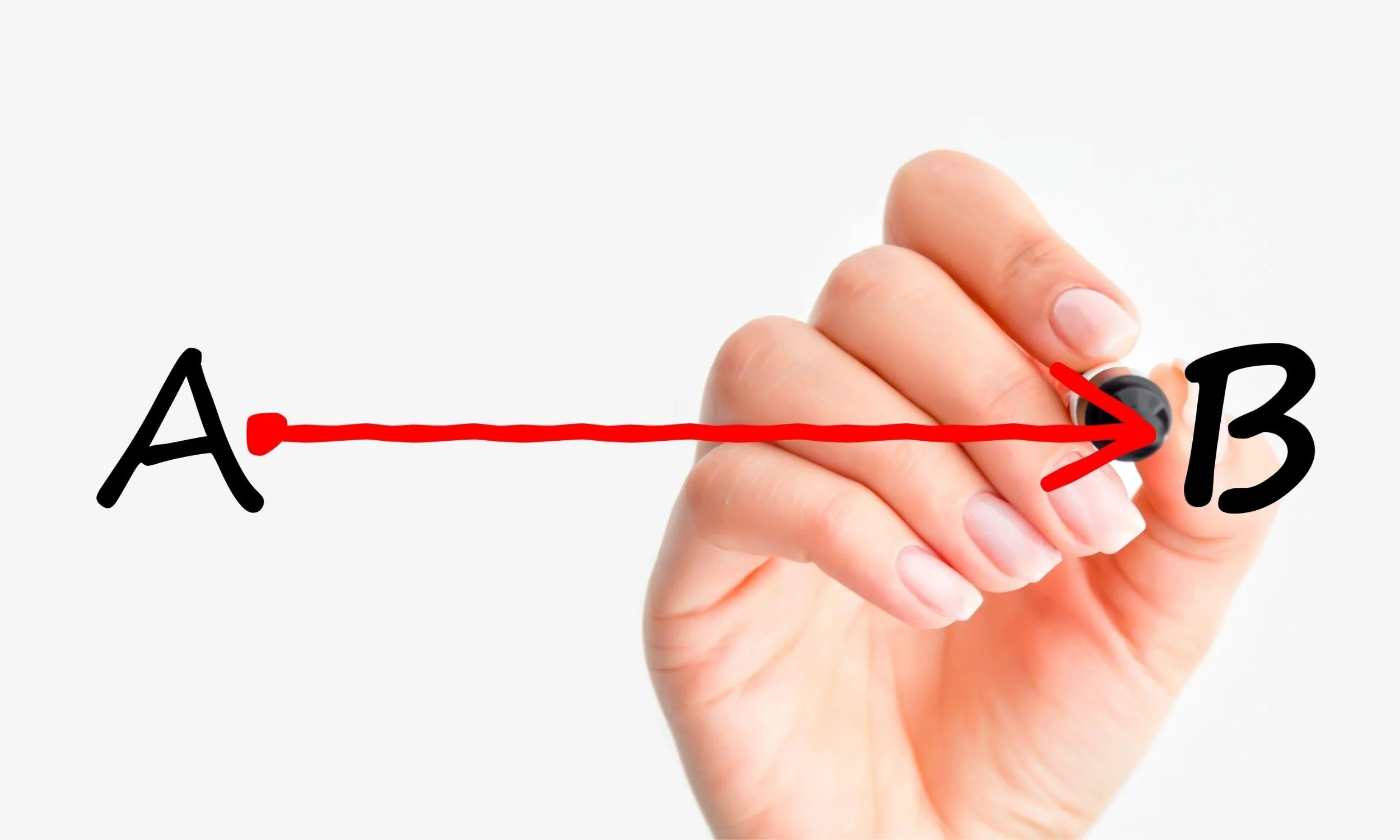The A/B Title Testing Playbook: Small Strings, Big Swings, Zero Guesswork
Let’s be candid: if you’re not A/B testing your product titles, you’re gambling with your advertising budget.
Titles are your main shop window on Google Shopping and the lifeblood of your Performance Max (PMax) campaigns. By shifting a few words, you change who sees, clicks, and buys.
This isn’t a dull “best-practice” sermon. It’s a rapid-fire, expert playbook for running A/B title tests, so your product feed starts paying its way.
1) Title Testing: The Strategic Hit List
Great titles aren’t just descriptive; they’re optimised conversion engines, but when crafting titles, hold them to these five non-negotiables:
Lead with the “what”. Put the core Product Type up front. Shoppers are scanners; the algorithm and the user need the main idea instantly.
Surface decision drivers. Size, colour, spec (e.g., 4K, Gen 3) should be immediately visible as that’s what prompts the click.
Respect the truncation line. Shopping Ads/Free Listings cut on pixel width, so ensure in the first 70 characters, you are nailing the ‘what’ & a driver up front.
Mirror the landing page. Titles set the expectation, and the PDP must match it. Alignment protects bounce rate, engagement rate and CVR.
Be a word-count Spartan. Cut the waffle. Every word must earn its pixels via clarity or query matching.
2) Test Rigour: Getting The Data Right
Twenty years in, our rule is simple: boring rigour beats clever opinions every time. Change one thing at a time:
Move Brand to position two.
Swap Size and Colour.
Introduce a higher-volume material synonym (“Leather Boots” vs “Hide Boots”)
. One lever per test, or you learn nothing.
Run in steady water: Predictable categories, no big promos, no price yo-yo. Enforce budget parity, identical bidding/targets and the same CPC bounds; no “helpful” mid-flight tweaks.
2–4 weeks is usually enough for signals without wasting time on a loser.
Testing Platform: We run title tests through FeedHero, our proprietary feed management platform, to create clean splits, enforce parity and keep audit-trail reporting honest.
Lane = one side of the A/B test (Control or Variant): a ring-fenced set of SKUs with its own budget and identical bidding. Keeping lanes separate makes the test fair and the readout honest.
3) The Title Remix: Play With The Order
You don’t need a rewrite, just a smarter remix. Four formats, four shopper mindsets:
The Speed-Read: For mobile scrollers who need instant clarity.
Product Type → Item Descriptor → Size/Spec → Colour → Brand
The Brand Drop-In: For premium categories where the brand genuinely carries weight.
Brand → Product Type → Descriptor → Size → Colour
The Spec Magnet: For technical buyers who filter by features first
Product Type → Core Spec → Model/Gen → Brand
The Size Seeker:For size-led shopping (apparel, tyres, fittings).
Product Type → Size → Descriptor → Colour → Brand
Sanity check: preview both strings at phone width. If the what or the key spec falls off in the first ~40 characters, that variant is already saying “no”.
Normalise colour & size
Speak shopper language! Map fancy colour names to common families (“Anthracite” to Charcoal Grey), localise spelling, and pick one size system per market (UK/US/EU) - then stick to it.
Clear, normalised language boosts matching and filters, typically lifting CTR/CVR without inflating CPCs. We scale this with locale mapping dictionaries in FeedHero.
4) The Metrics: How To Score The Winner
Decisions aren’t vibes; they’re efficiency and scale at like-for-like spend:
CTR: Your primary efficiency signal. If CTR rises at equal exposure, the variant is more compelling for the queries it matched.
Impressions: Titles can change query matching, BUT budget, bids, policy, stock and seasonality mainly drive impressions.
Clicks: Clicks = Impressions × CTR. Treat it as a scale indicator after you’ve checked exposure.
CPC: New titles can pull you into more or less competitive auctions, where Smart Bidding responds. Compare CPC and watch for a CPC creep that cancels CTR or CVR gains.
CVR: Clear, honest titles tend to lift conversion rate by sending cleaner traffic, BUT PDP quality, price and availability can swamp the effect.
Conversions & Revenue: Same spend, same stock/price. Skewed delivery? That’s exposure, not copy.
ROAS: Celebrate when CTR/CVR rise, CPC holds in check, visibility is stable, and margin mix hasn’t shifted.
Quick Call Rules On Data
Efficiency & Exposure Are Up = Roll out the test results.
Efficiency is up, but Exposure is down = Fix the parity & rerun.
Efficiency & Exposure Are Equal = Run next test.
Running More Than One Title Test At Once
You can if they live in different categories, and each test has its own clean lane.
Give each category its own control/variant setup (split via a Custom Label), ring-fenced budgets, and identical bidding/targets.
No shared budgets. No SKU overlap. No “helpful” tweaks mid-flight.
Agree on a minimum exposure (impressions/spend) before launch so a the test or control groups don’t “lose” by invisibility.
If the test or control groups can’t meet parity (shared budget pots, thin volume, or a promo landing in one category), run the tests staggered.
Bottom Line
Stop guessing. Start testing.
Titles aren’t artwork; they’re levers. Change one thing, run a clean split, and make the call on efficiency and scale at like-for-like spend. Then do it again.
That’s how small strings become big swings, and a feed that pays its way.
We’ve been doing this for 20 years, all powered by FeedHero to keep test set up and reporting honest. Book a free Feed Audit and we’ll get your testing needle moving.





